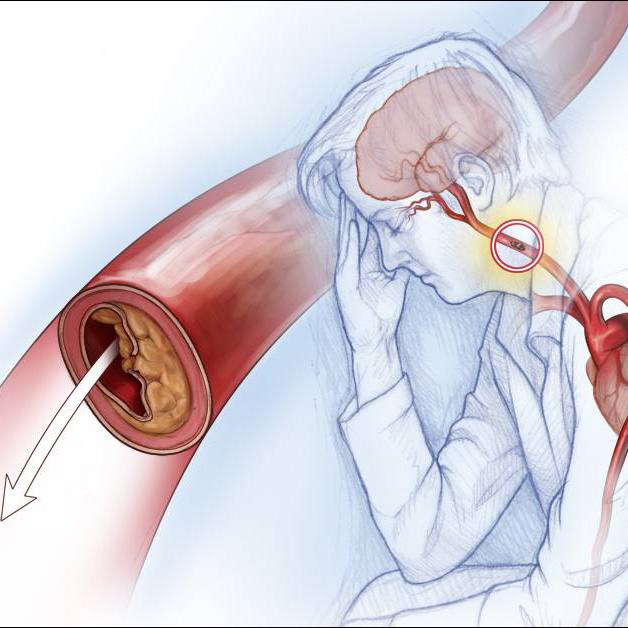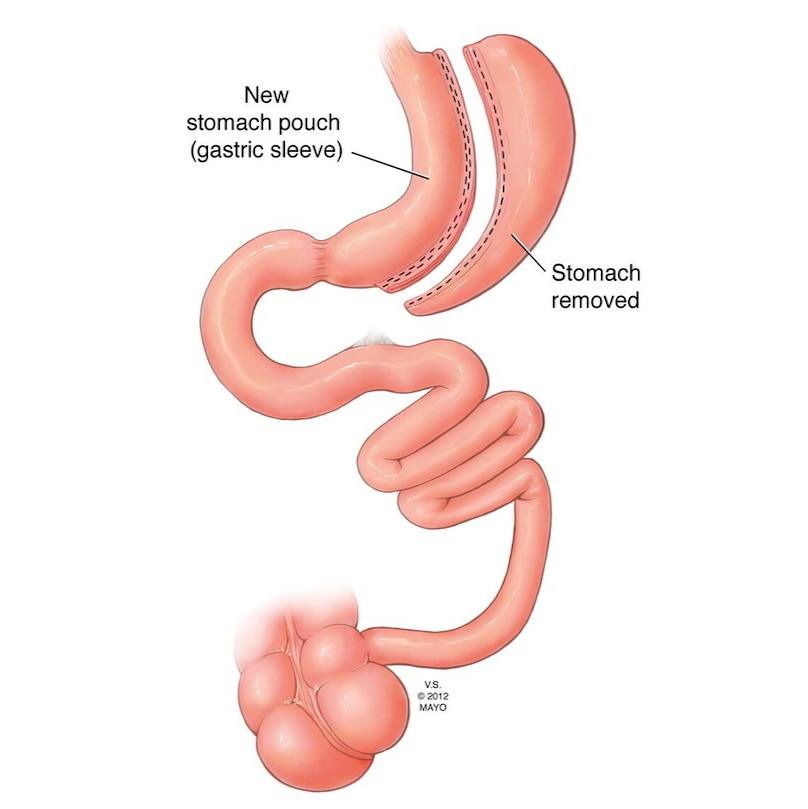-
Featured News
Consumer Health: Do you know the symptoms of glaucoma?

January is National Glaucoma Awareness Month, which makes this a good time to learn more about treating this group of eye conditions.
About 3 million people in the U.S. have glaucoma, and it's the second-leading cause of blindness worldwide, according to the Centers for Disease Control and Prevention.
Glaucoma is a group of eye conditions that damage the optic nerve, often due to abnormally high pressure in your eye. Elevated eye pressure is due to a buildup of the fluid that flows throughout the inside of your eye. When this fluid is overproduced or the drainage system doesn't work properly, the fluid can't flow out at its normal rate and eye pressure increases.
Glaucoma is one of the leading causes of blindness for people over 60. It can occur at any age, but it is more common in older adults. The effect is so gradual that you may not notice a change in vision until the condition is at an advanced stage.
Symptoms
The symptoms of glaucoma depend on the type and stage of your condition.
Open-angle glaucoma
- No symptoms in early stages
- Gradually, patchy blind spots in peripheral vision
- In later stages, difficulty seeing things in central vision
Acute angle-closure glaucoma
- Severe headache
- Severe eye pain
- Nausea or vomiting
- Blurred vision
- Halos or colored rings around lights
- Eye redness
Normal-tension glaucoma
- No symptoms in early stages
- Gradual blurred vision
- In later stages, loss of peripheral vision
Glaucoma in children
- A dull or cloudy eye
- Increased blinking
- Tears without crying
- Blurred vision
- Nearsightedness that gets worse
- Headache
Pigmentary glaucoma
- Halos around lights
- Blurred vision with exercise
- Gradual loss of peripheral vision
What you can do
Because you can't recover vision loss due to glaucoma, it's important to have regular eye exams that measure your eye pressure. These exams can diagnose the condition in its early stages, when treatment can slow or prevent vision loss.
If glaucoma is recognized early, vision loss can be slowed or prevented. If you have glaucoma, you'll need treatment or monitoring for the rest of your life.
Glaucoma is treated by lowering your eye pressure, or intraocular pressure. Depending on your situation, your treatment options may include prescription eyedrops, oral medications, laser treatment, surgery or a combination of any of these.
Connect with others talking about glaucoma in the Eye Conditions support group on Mayo Clinic Connect, an online patient community moderated by Mayo Clinic.
Related Articles







